33 Troubling Hiking Injury & Death Statistics [Important Trends]

Since COVID first hit the U.S. in early 2020, outdoor recreation has exploded in popularity. People are looking for ways to safely enjoy the fresh air and socialize with friends and family, and many are turning to hiking as a solution – including myself.
However, as more people head outdoors, there has been an increase in accidents and fatalities related to hiking.
I wanted to go over some important hiking injury & death statistics, so you can avoid being a statistic yourself.
Most of the data in this article come directly from studies conducted by NPS, amongst other sources, such as Outside Magazine and PubMed.

Quick Links
Hiking Mortality Statistics
1#. There are an estimated 1,000 deaths on U.S. national parks each year
2#. Of those, about 50% of deaths are due to unintentional causes, such as drowning, falls, vehichle accidents, etc.
3#. The other 50% of deaths are due to medical conditions, such as heart attacks, typically while engaged in physical activity like hiking or biking.
4#. The leading cause of death in national parks is drowning, accounting for about 33% of all fatalities.
5#. Automobile accidents are the second highest cause of fatalities in national parks at 31%.
6#. Most hikers who die are male, accounting for 79% of mortalities in state parks as of 2016.
7#. Hiking-related deaths have been on the rise in recent years, increasing by about 21% from 2006-2016
8#. The average age of hikers who die on public lands is 45 years old.
9#. The age group with the most deaths on national parks are aged 65+.
10#. Mortality rates have been increasing over the past decade, with a sharp uptick in the last few years due to the rise in popularity of outdoor recreation.
11#. Suicides account for 95% of all intentional deaths.
12#. Between 2014 to 2016, 18% of all 990 deaths at national parks were considered intentional. That means there were 178 fatalities during this time, either due to suicide or homicide.
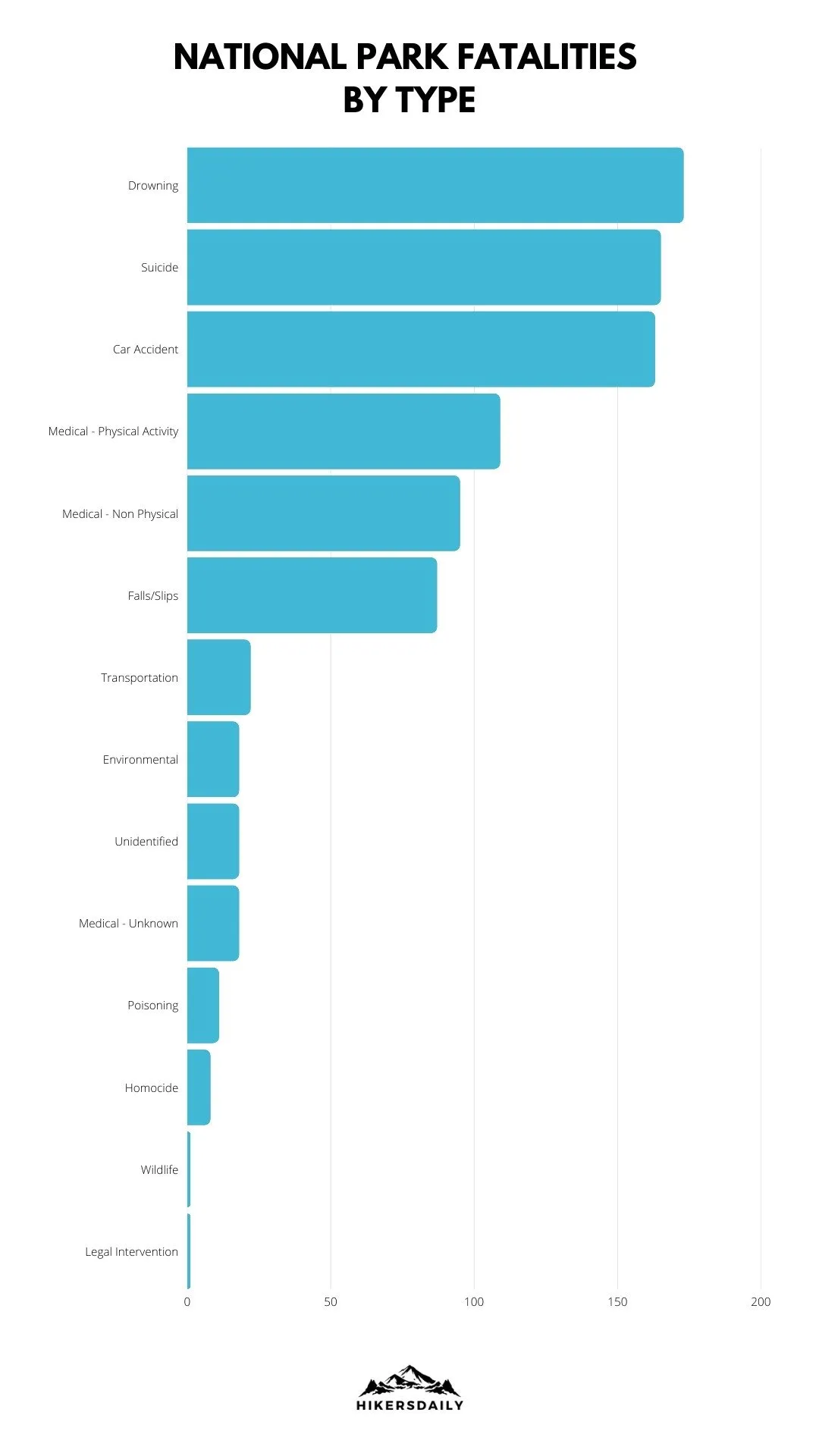
13#. The leading cause of death among hikers aged 15-24 is drowning, accounting for 22% of fatalities in this age group.
14#. For hikers aged 25-64, the leading cause of death is vehicle accidents at 41%.
15#. Among hikers 65+, the leading cause of death is from medical conditions, such as heart attacks, accounting for 36% of fatalities.
16#. According to a 2006 to 2016 study from Outside Magazine, the deadliest National Parks in the United States are Lake Mead National Recreation Area of Nevada/Arizona with 254 fatalities, and Yosemite National Park of California with 150 fatalities, and the Grand Canyon National Park of Arizona with 130 fatalities.
17#. According to the same report, Arizona was the deadliest state for National Parks from 2006 to 2016, with 45%, or 466 deaths occurring in that State.
Hiking Injury Statistics
18#. There are an estimated 4,000-5,000 injuries related to hiking each year in the U.S.
19#. Falls/slips are the most common injury while hiking, accounting for nearly 50% of all hiking injuries and accidents.
20#. There are an estimated 15,000 search and rescue operations conducted on public lands each year in the United States. However, that number has steadily declined over the years.
21#. The majority of these (70%) are related to hikers who have gotten lost or injured.
22#. The cost of search and rescue operations conducted by the NPS is about $2.5 million each year.
23#. On average, it costs about $1,200 to rescue one hiker from a public land in the United States.
24#. The average cost of a helicopter rescue is $12,000.
25#. Most search and rescue operations are conducted in the West, with California, Colorado, and Arizona having the most incidents.
26#. The ankle is the most commonly injured body part while hiking, accounting for 42% of all hiking injuries, followed by the head at 13.4%.
27#. Female hikers accounted for 72% of all ankle-related injuries.
28#. A majority of elderly hikers who sustained a fall required an emergency call or rescue.
29#. The high risk of falls comes in part due to vision problems that can arise with age.
30#. Most injuries related to falls occur when hikers are descending (going downhill).
31#. A poorly balanced backpack led to a higher risk of falls and injuries for hikers.
32#. Roughly 74% of the fall victims wore ankle-high hiking boots, despite being the most popular type of footwear among hikers.
33#. Low-cut trail running shoes were the second most popular type of footwear among fall victims.
Other Common Hiking Injuries
Besides falls, there are other risks associated with hiking, and I’ll cover a few of them here.
Heat illness is a major concern, especially in the desert Southwest where temperatures can easily reach over 100 degrees Fahrenheit. Symptoms of heat illness include headache, nausea, dizziness, and cramping.
If left untreated, heat illness can lead to heat stroke, which can be fatal.
Dehydration is another major concern, as hikers need to drink plenty of water to avoid becoming dehydrated. And you most likely will need more water than you think. Symptoms of dehydration include headache, dark-colored urine, light-headedness, and fatigue.
You should drink about 2-3 liters of water per day while hiking, even more, if it’s hot or you’re sweating a lot.
Sunburn is also a very common hiking injury, especially in the summer months. Not enough people take sunburn seriously enough. Sunburn can lead to devastating problems later on, such as skin cancer.
Finally, blisters are an all-too-common hiking injury, especially for those who are not used to walking long distances or those hiking in new shoes or boots. Blisters form when the skin rubs against something, such as your hiking boot. The friction causes a fluid-filled sac to form under the skin.
Blisters can be extremely painful, and if not treated properly, can lead to infection.
The Takeaway
Although hiking is generally a safe activity, there are some risks involved. The best way to avoid getting injured while hiking is to be prepared before you go.
Even though a majority of hiking falls happened while wearing hiking boots, it doesn’t make them a bad choice. As a matter of fact, the number of falls from the study would probably have doubled or tripled if wearing something like open-toed sandals.
Wearing a well-fitted, properly balanced backpack can also help prevent falls. Trekking Poles can be a great addition for balance and support, especially on descents.
Finally, being aware of your surroundings and knowing your limits can help prevent getting lost or injured while hiking. If you do find yourself in an emergency situation while hiking, always remember to stay calm and call for help.
Conclusion
While it’s a great thing that more and more people are spending time outdoors, it also means that there are more and more people hiking now, who are inexperienced and unprepared.
Make sure you know the basics of hiking safety before you head out on your next adventure. And, as always, if you have any questions, feel free to ask in the comments below.

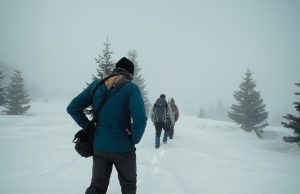
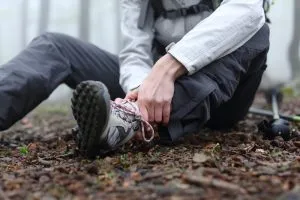

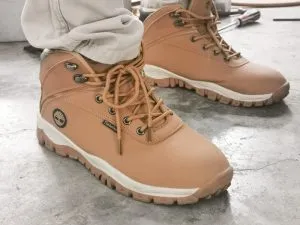

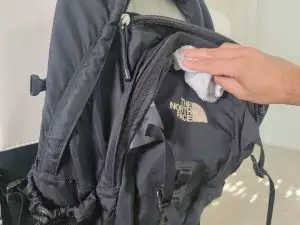
Nepal is now forbidding solo trek without guide in national parks. A guide cost $25 min. I hiked a bit of anapurna and of langtang in 2021 solo, a walk in the park and now 2023 I can’t do it for the cost. And being accompanied
24 /7 by a man, is not appealing.
Nature is its own world and humans have separated themselves from it to a dangerous degree. I would rather die in n
Nature than in the city street or my bed.
As an avid hiker you know that danger is part of the beauty. Stupid people go out there and wreck Nature.
Human beings think they are invincible and brilliant. “Safety” is a total illusion, no matter what we are doing. Eating breakfast in our kitchen. Driving a car to work. Locking the front door.
Give up the idea of safety and you can go anywhere and do anything. So what if you die. It’s better to live without fear. Trust yourself.
If other people die on the trail, that mystery belongs to them. They are not a statistic.
Hey Ariel, thanks for sharing your thoughts!
I completely understand your sentiments. You’ve captured the essence of what I believe, draws many of us to the outdoors – the sense of being in sync with nature and the freedom it offers.
While I do agree with you, I also love statistics and thought it would be quite eye-opening to understand the range of experiences people can have while hiking.